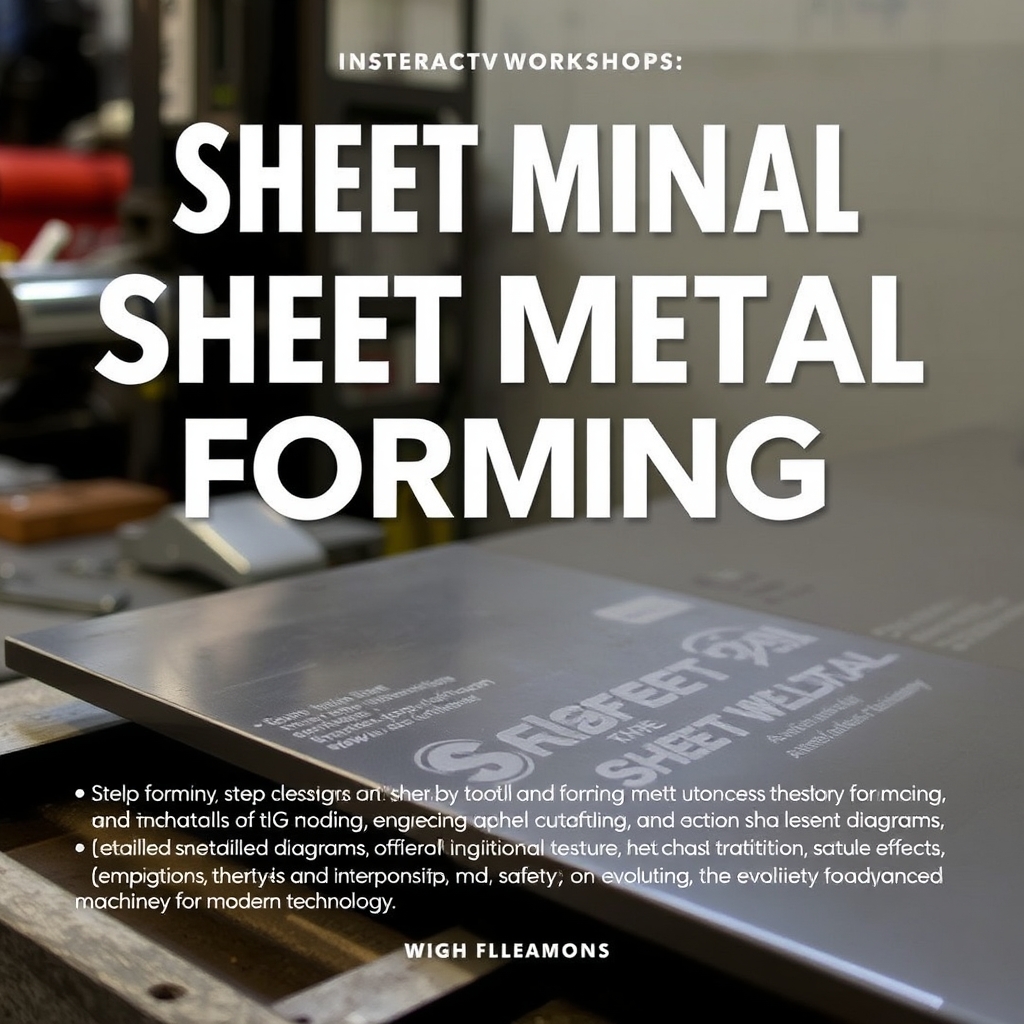
- +8615586668226
- [email protected]
- No. 30, Hongbang Industrial Park, Shenzhen

Grain direction and size directly affect the la durabilité, flexibilityet manufacturing efficiency of sheet metal parts. By understanding these factors, engineers can design components that withstand stress, reduce waste, and align with industry standards.
Sheet metal fabrication transforms flat metal sheets into functional parts through cutting, bending, and assembly. Common applications include brackets, enceinteset équipements industriels. Key processes include:
Alt: Visualizing grain direction in sheet metal fabrication processes
Metals consist of polycrystalline structures—tiny crystals (grains) bound together. During rolling, these grains elongate, creating a grain direction that impacts material behavior:
| Grain Orientation | La force | Applications courantes |
|---|---|---|
| Longitudinal | Haut | Aerospace components |
| Transverse | Modéré | Electronique grand public |
Bending sheet metal against the grain requires more force but reduces cracking risks. Key considerations:
Pro Tip: For projects like robotic arms ou medical device housings, align bends perpendicular to the grain for optimal durability.
Smaller grains mean more grain boundaries, which block cracks and enhance strength. Factors affecting grain size:
Étude de cas : A defense contractor reduced part failures by 30% after optimizing grain size through precision annealing.
When cutting multiple parts from a single sheet, align all components to the same grain direction. This ensures:
Découvrez nos services de fabrication de tôles for tailored nesting solutions.
Post-rolling treatments like recuit ou normalizing adjust grain size:
Idéal pour prototypes personnalisés requiring precise tolerances.
A major automotive brand faced repeated bracket failures due to improper grain alignment. By redesigning parts to bend against the grain, they achieved:
Au CNC Manufacturing Service, we combine découpe laser avancée et usinage de précision to optimize grain structure. Our process includes:
Request a devis gratuit for projects requiring Usinage à 5 axes ou fabrication à la demande.
Grain alignment impacts stress distribution. Parts bent avec the grain may crack under cyclic loads, common in équipements industriels.
Yes! Processes like recuit refine grain structure post-production.
Uniform grain direction ensures predictable behavior during mass production, vital for biens de consommation.
Indirectly. Smaller grains slow crack propagation, enhancing durability in harsh environments like energy sector des applications.
Ready to optimize your next project? Explore our Solutions CNC or contact us for a consultation!
Découvrez les dernières tendances et les faits les plus récents concernant la fabrication CNC sur notre blog.
Shenzhen Runkey Precision Technology Co. Ltd, une filiale du Groupe Tensun, est votre solution unique de confiance pour la fabrication sur mesure, du prototypage à la production. Transformer votre idée en réalité grâce à des ressources de fabrication numérique, des processus rationalisés, des conseils d'experts, des délais accélérés et une qualité sans compromis.
©2024. CNC Fabrication Tous droits réservés.